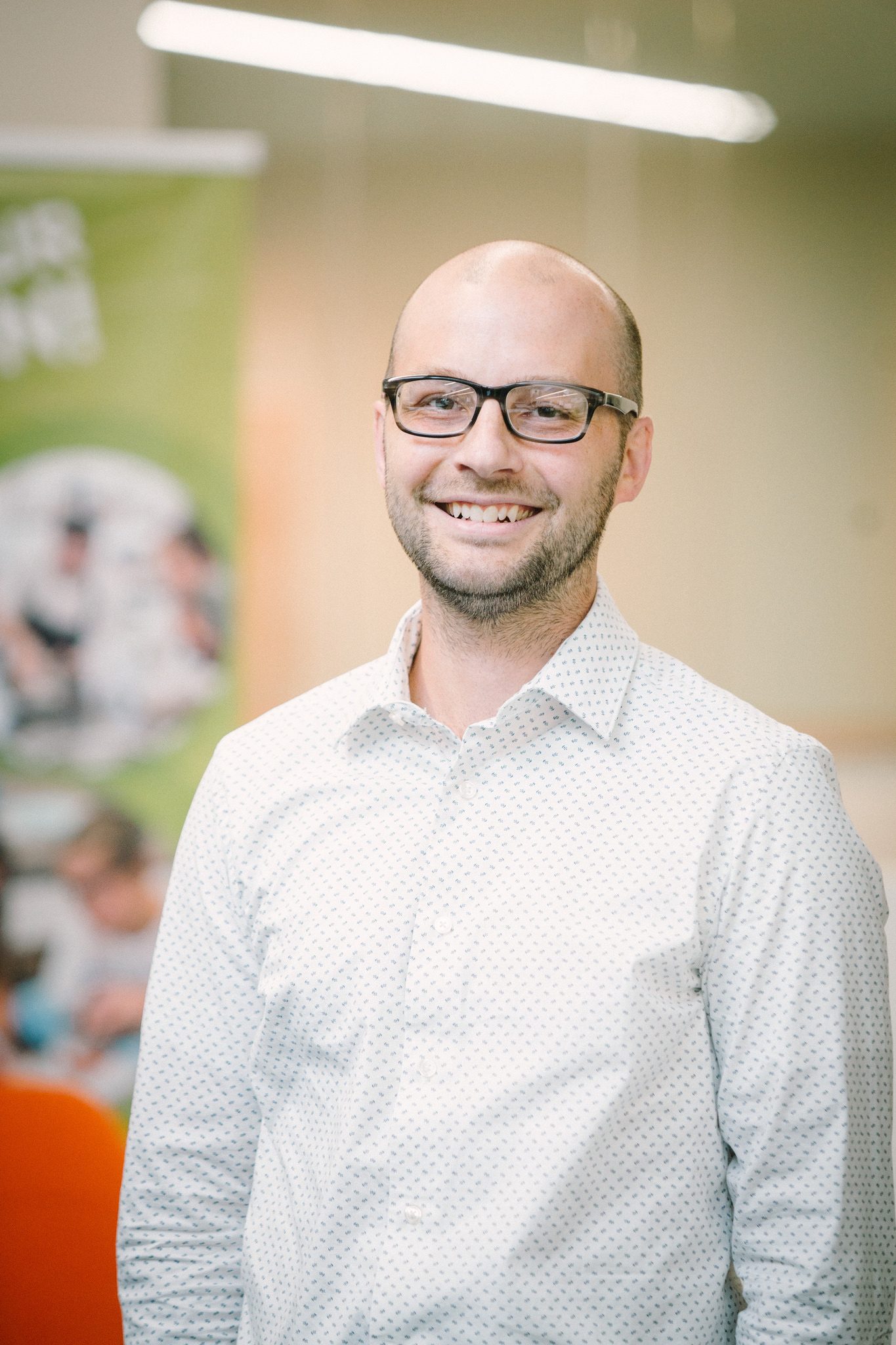The Do Space Innovation Fellowship helps to create opportunities for local teachers, librarians, and educators to create rapid innovation in Omaha. The fellowships are open to teachers, professors, librarians, library workers, and other educators in the Omaha metro area to help with the exploration of projects related to 3D printing, robotics, and software development. The chosen projects will be designed for local schools, libraries, and learning centers to independently administer.
Applicants engaged directly with the Do Space community while working on their projects. They also collaborated with the Science, Technology, Engineering, and Math Initiative (STEM) and the College of Education at the University of Nebraska at Omaha.The 2017 fellowship began in June and ended in July. The chosen Fellows presented their final projects at Do Space in August and we are proud to finally be able to share their work with the Omaha community!
Today we’re excited to introduce Charlie Cuddy, one of the three finalists. Charlie teaches math at Omaha Bryan High School and during the fellowship, developed an online platform to help people get started coding using Bricklayer.
What made you realize there was a need for your project in our community?
When I was studying to get my masters a few years ago, I put an emphasis on computer programming in public schools and the lack of availability. One of the biggest reasons seemed to be that teachers didn’t know how to teach it, so I wanted to use this fellowship to build some small projects, that anyone could duplicate, or manipulate no matter their background in computer science. The first step to getting more programming in the schools is helping the teachers, who have limited time already, realize that they don’t have to be a pro to introduce their students to coding. Those at Bricklayer.org had a similar opinion on the need to teach programming to prepare future generations.
Tell us more about your project!
My project with Do Space had several parts. I wanted to take a program, Bricklayer, that introduces computer programming and put a website together that would walk teachers through how to use it in their own classrooms, clubs, etc. I built several smaller projects, in 2D and 3D and posted the code online so that anyone who wants to try and replicate it could do so rather easily. I organized these projects into categories based on how long I anticipated it would take, so the teacher could adjust their plans accordingly. These projects ranged from coding pixel art, and writing your name in 2D, to creating dice, and the University of Nebraska’s Memorial Stadium in 3D. The 3D objects were able to be printed, potentially exposing students to another useful technology for careers. All of this programming can also be integrated into Minecraft and their coding platform.
What was the most difficult part of developing your project this summer?
The most difficult part was really just taking a vision from scratch, and trying to write it in a way that someone without any experience could follow within the time frame allowed for the project. With any project that one works on for several hours a day over the course of several weeks, some things that become obvious to the person working on it, would not be obvious to someone looking at it for the first time. So keeping the user in mind, and expressing each step was difficult, and honestly, something that could even be adjusted to be clearer still.
How has your project changed since the end of the fellowship?
I’ve been modifying it into a year-long curriculum now, and not just a few projects here and there. I’ve tied in saving and grading with Microsoft TEAMS to up collaboration among the students and allow for more direct/immediate feedback, as well as a common place to save their files. I’ve been putting together some rubrics to make grading easier if teachers want to use this for units or even an entire class, and not just a project or two. I also have daily PowerPoints that can be used, modified, and updated to fit the needs of the class.
How can the public access what you’ve accomplished?
I will continue to update and add links as I modify my work. The link to the website I created during the fellowship is: https://codecuddy.github.io/bricklayer/

